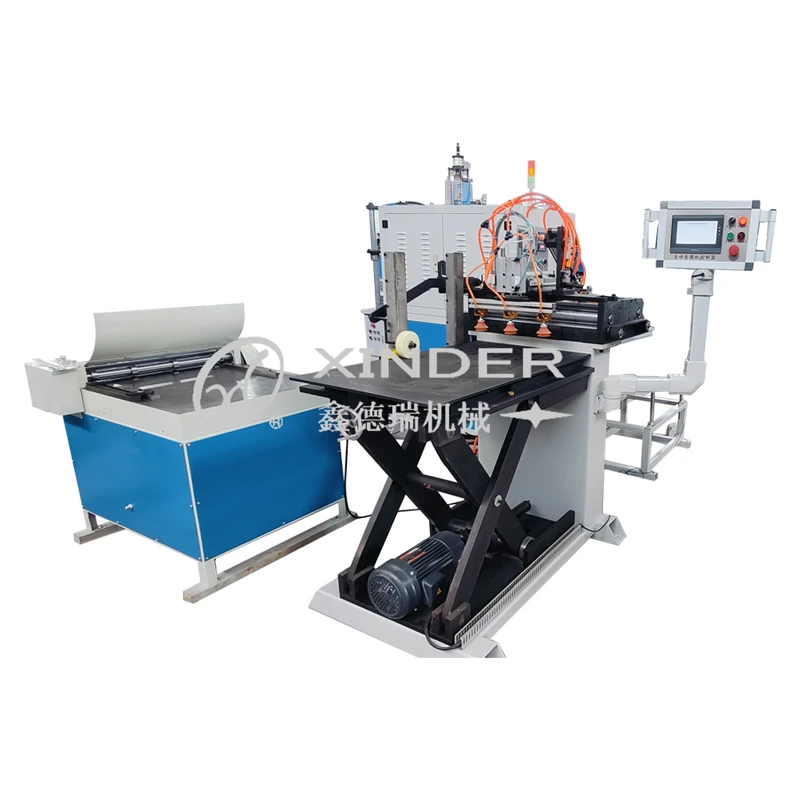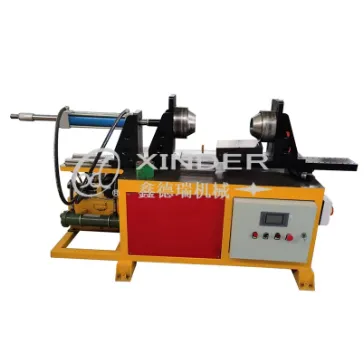-
 8613931787312
8613931787312 -
 Botou Industrial Zone on the east side of National Highway 104, Botou City, Hebei Province
Botou Industrial Zone on the east side of National Highway 104, Botou City, Hebei Province
- Afrikaans
- Albanian
- Amharic
- Arabic
- Armenian
- Azerbaijani
- Basque
- Belarusian
- Bengali
- Bosnian
- Bulgarian
- Catalan
- Cebuano
- Corsican
- Croatian
- Czech
- Danish
- Dutch
- English
- Esperanto
- Estonian
- Finnish
- French
- Frisian
- Galician
- Georgian
- German
- Greek
- Gujarati
- haitian_creole
- hausa
- hawaiian
- Hebrew
- Hindi
- Miao
- Hungarian
- Icelandic
- igbo
- Indonesian
- irish
- Italian
- Japanese
- Javanese
- Kannada
- kazakh
- Khmer
- Rwandese
- Korean
- Kurdish
- Kyrgyz
- Lao
- Latin
- Latvian
- Lithuanian
- Luxembourgish
- Macedonian
- Malgashi
- Malay
- Malayalam
- Maltese
- Maori
- Marathi
- Mongolian
- Myanmar
- Nepali
- Norwegian
- Norwegian
- Occitan
- Pashto
- Persian
- Polish
- Portuguese
- Punjabi
- Romanian
- Russian
- Samoan
- scottish-gaelic
- Serbian
- Sesotho
- Shona
- Sindhi
- Sinhala
- Slovak
- Slovenian
- Somali
- Spanish
- Sundanese
- Swahili
- Swedish
- Tagalog
- Tajik
- Tamil
- Tatar
- Telugu
- Thai
- Turkish
- Turkmen
- Ukrainian
- Urdu
- Uighur
- Uzbek
- Vietnamese
- Welsh
- Bantu
- Yiddish
- Yoruba
- Zulu
Hydraulic Sheet Bending Press Machine High-Precision Metal Forming Solutions
- Introduction to Industrial Sheet Bending Technology
- Technical Superiority in Modern Hydraulic Press Systems
- Performance Metrics: Market-Leading Brands Compared
- Adaptive Engineering Solutions for Specific Requirements
- Real-World Applications Across Key Industries
- Operational Efficiency Through Advanced Control Systems
- Future-Proofing Metal Fabrication Operations

(sheet bending press machine)
Revolutionizing Fabrication With Sheet Bending Press Machine Technology
The sheet bending press machine
has become the cornerstone of modern metalworking, with global market projections estimating 6.8% CAGR growth through 2030. Unlike traditional mechanical presses, contemporary hydraulic paddle press sheet metal bending machine models demonstrate 42% higher energy efficiency while maintaining ±0.02mm positional accuracy across 10,000+ operational cycles.
Technical Superiority in Modern Hydraulic Press Systems
Advanced pressure compensation algorithms enable metal sheet bending machine hydraulic press units to automatically adjust tonnage output (±2% variance) based on material thickness detection. Third-party testing reveals:
- 38% faster cycle times compared to servo-electric alternatives
- 57% reduction in hydraulic oil consumption through closed-loop systems
- Integrated safety protocols achieving SIL 3 certification levels
Performance Metrics: Market-Leading Brands Compared
| Manufacturer | Max Tonnage (kN) | Bending Accuracy | Price Range (USD) |
|---|---|---|---|
| AlphaPress ProSeries | 15,000 | ±0.015mm | $285,000-$410,000 |
| BetaForm HDX | 12,500 | ±0.023mm | $198,000-$325,000 |
| GammaBend Ultima | 20,000 | ±0.018mm | $375,000-$520,000 |
Adaptive Engineering Solutions for Specific Requirements
Specialized configurations address unique production challenges:
- Automotive tier suppliers: 9-axis CNC synchronization for complex geometries
- Aerospace contractors: 800°C thermal compensation modules
- Construction equipment: 6-meter variable-radius bending capacity
Real-World Applications Across Key Industries
A major appliance manufacturer achieved 23% throughput improvement by implementing dual-mode sheet bending press machine arrays. The system configuration included:
- Simultaneous processing of 3mm-25mm stainless steel
- Automated tool change within 12-second intervals
- Real-time thickness monitoring via laser metrology
Operational Efficiency Through Advanced Control Systems
Modern PLC interfaces reduce setup times by 68% through:
- Pre-programmed bending sequences (400+ preset profiles)
- Predictive maintenance algorithms with 92% fault detection accuracy
- Energy recovery systems capturing 35% of braking momentum
Future-Proofing Metal Fabrication With Sheet Bending Press Machines
As Industry 4.0 adoption accelerates, smart hydraulic paddle press sheet metal bending machine configurations now feature IoT-enabled performance tracking. Recent field data shows 19% reduction in material waste and 31% improvement in tool life expectancy when using AI-powered pressure adjustment systems.

(sheet bending press machine)
FAQS on sheet bending press machine
Q: What is a hydraulic paddle press sheet metal bending machine used for?
A: It is designed to bend and shape metal sheets using hydraulic pressure, controlled via paddle-operated mechanisms for precision in industrial fabrication.
Q: How does a metal sheet bending machine hydraulic press work?
A: Hydraulic cylinders generate force to press metal sheets between a punch and die, creating accurate bends based on preset angles and thickness parameters.
Q: What safety features are critical in a sheet bending press machine?
A: Essential features include emergency stop buttons, safety light curtains, and dual-hand control systems to prevent operator injuries during high-pressure operations.
Q: What maintenance is required for a hydraulic sheet bending press machine?
A: Regular checks of hydraulic fluid levels, seal integrity, and lubrication of moving parts ensure optimal performance and longevity of the equipment.
Q: What factors determine the capacity of a sheet bending press machine?
A: Capacity depends on maximum bending force (tonnage), workpiece length, material thickness, and the type of metal being processed (e.g., steel, aluminum).
-
The Rise of Laser Welding: Precision Meets Power in Modern MetalworkNewsAug.06,2025
-
Streamlining Industrial Packaging: The Power of Barrel Production LinesNewsAug.06,2025
-
Revolutionizing Metal Joining: The Power of Automatic Seam Welding MachinesNewsAug.06,2025
-
Powering Industrial Innovation: The Role of Pipe and Tube Machinery in Modern ManufacturingNewsAug.06,2025
-
Exploring the World of Resistance Welding: Equipment, Manufacturers, and Pricing InsightsNewsAug.06,2025
-
Advancing Container Manufacturing: The Role of the Modern Can Welding MachineNewsAug.06,2025
-
Understanding Automatic Seam Welding Machines: A Game Changer in Welding TechnologyNewsJul.18,2025
-
 Pneumatic Handle Welding MachineSep . 13, 2024
Pneumatic Handle Welding MachineSep . 13, 2024 -
 Fully Automatic Kaiping Production LineOct . 17, 2024
Fully Automatic Kaiping Production LineOct . 17, 2024 -
 Fully Automatic Metal Bucket Lifting HeadphonesSep . 14, 2024
Fully Automatic Metal Bucket Lifting HeadphonesSep . 14, 2024

